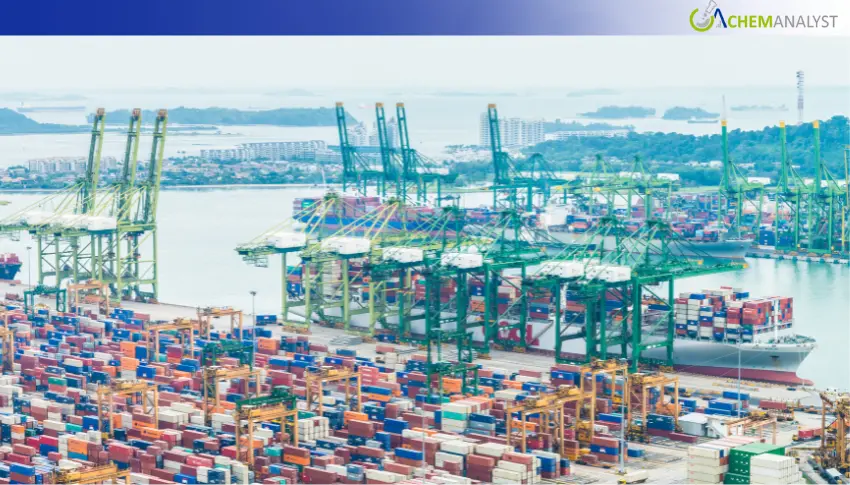Welcome To ChemAnalyst

The week of November 12 to November 20, 2025, was one for the books in the Transpacific freight market. Throughout the year, importers and logistics managers have had to navigate a fragile environment after a looming threat of tariffs on Chinese goods. This possible policy shake-up has caused a severance of traditional demand cycles as many shippers have already front-loaded inventory earlier in the year to avoid any future risk. The long-term view remains unclear, but a major diplomatic breakthrough brought some near-term respite. The United States and China implemented the one-year suspension of retaliatory port fees, starting November 10. This cease-fire removes certain punitive fees for vessels under Chinese ownership or control that arrive in United States ports. It's a rare moment of cost certainty in a broader geopolitically tense environment.
Operational fluidity resumed at North American gateways after the Canadian government intervened in port labour disputes. Ports of Vancouver and Montreal were reopened on November 14 and 15, respectively, after the Canada Industrial Relations Board ordered binding arbitration to end the lockouts. It will take weeks for the supply chain to recover from the backlog built up during the closure. Rail dwell times remain seven to nine days in Vancouver. Meanwhile, efficiency remains high across the United States West Coast. Low container dwell times and zero vessels at anchor continue to position the Port of Los Angeles and Long Beach as reliable alternatives for cargo being diverted away from uncertainty in the Pacific Northwest.
Ocean carriers are in active attempts to stop a decline in spot rates, with widespread General Rate Increases planned for December 1, 2025. Major shipping lines like Hapag Lloyd, COSCO, and ZIM have announced rate increases from 1000 USD up to 3000 USD per 40ft container. Despite a significant decrease in the spot market indices, with rates from Shanghai to the United States West Coast falling about 18 percent in the assessed period, such announcements have been made. The divergence between falling spot prices and rising carrier announcements shows the deliberate effort to set up a higher floor for the rates in advance of the 2026 service contract negotiations. Carriers are applying the use of blank sailings as a means of artificially tightening capacity, forcing high levels of utilization in an attempt to maintain these higher price points despite the natural seasonal dip in shipping volumes.
The short-term future outlook requires carriers to prioritise yield management over market share. Shipping lines should rigorously enforce capacity discipline through December to prevent rate erosion. With the traditional peak season concluded and retail inventories at healthy levels, the primary lever for carriers will be the withdrawal of capacity to match the lower demand. Successful implementation of the December General Rate Increases will depend entirely on how effectively carriers can restrict space.
We use cookies to deliver the best possible experience on our website. To learn more, visit our Privacy Policy. By continuing to use this site or by closing this box, you consent to our use of cookies. More info.
